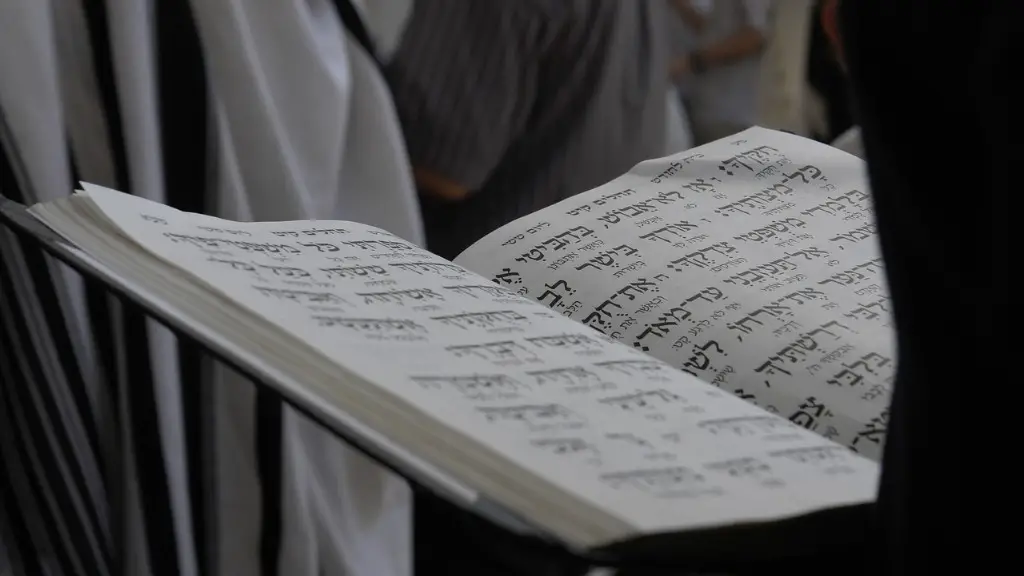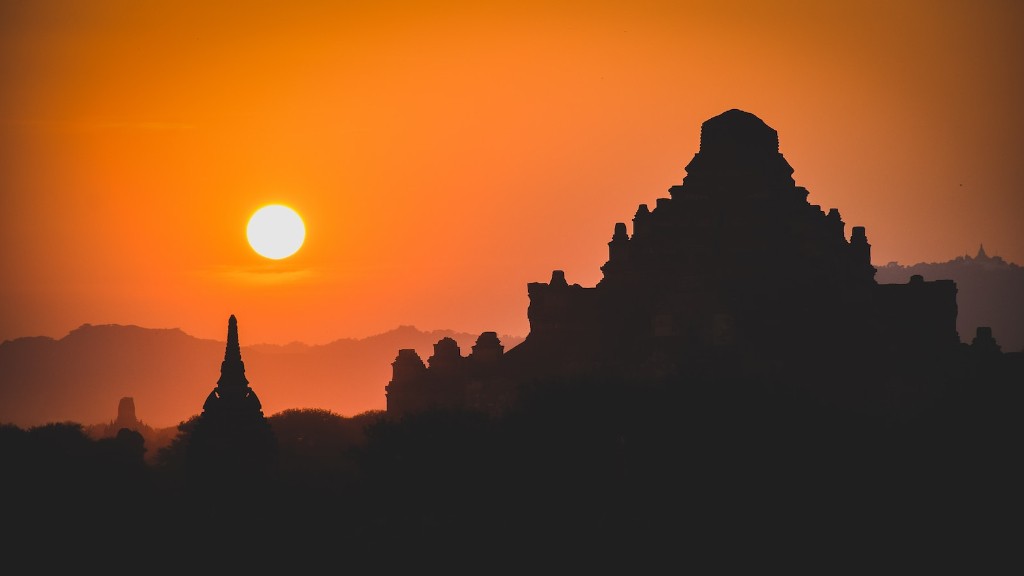Yugas are the four fundamental cycles of time in Hinduism which dictate the rise, fall, and renewal of gods and civilizations. This cycle is legendary as it has been referred to as far back as in the Rig Veda, believed to be one of the oldest religious texts in the world. Based on this ancient scripture and other documents, it is said that the cycle of four yugas tirelessly repeats itself in an endless loop. The four yugas, in order, are Satya Yuga (the golden age), Treta Yuga (the silver age), Dwapara Yuga (the bronze age), and Kali Yuga (the iron age).
Satya Yuga (The Golden Age)
Satya Yuga is the first and most blessed of the four yugas. It is said to be the ideal state of humanity, a time of perfection, peace, and prosperity. It is closely associated with the deity Vishnu, the preserver and protector of divine order and truth. In this yuga, people are said to live and obey their dharma, or righteous law, so that justice and righteousness prevail. Humankind’s lifespan is said to be hundreds of years, and people have a profound appreciation and understanding of the Vedic scriptures and the cosmic laws of Nature.
Satya Yuga is a time of wise, benevolent leadership; floods, drought and other climatic disturbances are absent. People have no need of money, and they live in a state of moral and spiritual contentment. Their senses are strong, yet highly controlled. Wars are nonexistent, as are greed and other emotions that fuel disharmony.
Treta Yuga (The Silver Age)
The second yuga is the Treta Yuga, which is said to be about three-fourths as perfect as the age of truth. During this yuga, people’s dharma – their moral codes of conduct and ethical behavior – deteriorates due to increasing greed, anger and vanity. In this age, there is still appreciation for the Vedic scriptures, but it is clouded by the absence of wise and just rulers. The lifespan of people is said to be down to about ten generations.
This is a time of strife and conflict, with malicious forces inciting war and anarchy. The glaciers have begun to melt, sending floods of water throughout the world. Overall, the spiritual level of humanity has declined and is replaced by materialistic pursuits.
Dwapara Yuga (The Bronze Age)
The third age is the Dwapara Yuga, said to be about half as perfect as the golden age. In this age, people’s dharma is more and more neglected due to greed and pride. People’s lifespans have decreased further, and intellect and spirituality have also waned. In this age, Vedic rituals and scriptures are largely forgotten, and their value is significantly reduced.
The world becomes engulfed in chaos and conflict, and floods become even more pronounced due to the melting of glaciers. Rulers become corrupt and tyranny reigns, and agriculture is negatively impacted by lack of rain and floods.
Kali Yuga (The Iron Age)
The fourth and final yuga is the Kali Yuga, said to be the lowest of the four yugas. This is the darkest age of humanity, a time of ignorance and sin. In this age, dharma is practically nonexistent; people are consumed by material pursuits, with spiritual values and religious teachings abandoned. People become prideful, jealous and vain, and the lifespan of humans is drastically reduced.
This is the age when humans become more and more isolated from one another and from the divine cosmic energy. War and natural disasters reign, and most references to the Vedas are no longer understood. Greed and violence become commonplace as people become further and further from their divine source.
The Cycle of Yugas
The four yugas are said to be an endless cycle, with Satya Yuga, Treta Yuga, Dwapara Yuga, and Kali Yuga recurring in a never-ending cycle. The cycle of yugas is described as “Yugadi” and is said to be similar to a wheel, with Satya Yuga at the four o’clock position, Treta Yuga at the five o’clock position, Dwapara Yuga at the six o’clock position, and Kali Yuga at the seven o’clock position.
The cycle of Yugas is said to signify the spiritual progression of the universe and the ultimate return of the divine cosmic energy. In some texts, it is said that the end of each yuga brings about great destruction, wiping away all ignorance and evil, and thus bringing about the renewal of life. The cycle then continues, and humanity slowly rises back towards perfection.
Modern Impact of the Yugas
Today, the four yugas continue to affect the lives of millions of Hindus. Though the exact timeline and structures of the cycle may no longer apply, the spiritual principle behind it still stands – that is, despite moments of suffering, one can always look forward to a better tomorrow. The cycle of Yugas serves to reinforce hope, faith and the pursuit of divine truth.
Hindus believe that the ideals of Satya Yuga still stand today and that, if the ideas, values and spiritual ideals of this yuga were fully embraced and practiced, the world would be a better place. Thus, the cycle of Yugas is seen as a reminder to always strive for good, never giving up even in the face of adversity.
The Allegory of the Yugas
Hindus believe that the cycle of the yugas is more than just a physical event or cosmic phenomenon. Rather, it is an allegory that speaks on a deeply metaphysical level. In a sense, the cycle of yugas can be seen as a philosophy, a way of understanding ourselves and the world around us. It conveys the understanding of life as a never-ending journey, a journey in which we can develop our spiritual understanding and ascend the higher rungs of the spiritual ladder.
Each yuga is said to have a special quality about it. For example, Satya Yuga is associated with truth and perfection, Treta Yuga is associated with righteousness, Dwapara Yuga is associated with harmony, and Kali Yuga is associated with justice. Thus, the yugas can be viewed as spiritual milestones, with each period representing a higher level of spiritual evolution.
Dispute Over the Yugas
Despite their popularity and prevalence in Hinduism, there has been some dispute over the concept of the Yugas. Some believe that the traditional timeline of the four ages is very much in question, and that the yugas have been exaggerated in some ancient scriptures. Others are skeptical of the entire concept, claiming that it is only symbolic and has no basis in physical reality.
Critics of the yugas also point to scientific research that seems not to align with the traditional timeline of the Yugas. They hold that the timeline of the yugas is merely an abstract concept, and that no physical evidence exists to support it.
The Implications of the Yugas
Regardless of the scientific criticism, the concept of the Yugas remains a powerful one for many Hindus. It is seen as a reminder of the cyclical nature of life, and of the importance of following one’s moral code in order to ascend the spiritual ladder. Despite the varying opinions, one thing is certain: the concept of the four yugas will continue to be a source of spiritual inspiration and guidance for many Hindus for generations to come.
The Characteristics of the Yugas
At a deeper level, each of the four yugas is said to have a specific set of characteristics that contribute to its spiritual and philosophical significance. Satya Yuga is associated with truth and justice, Treta Yuga with righteousness and wisdom, Dwapara Yuga with harmony and understanding, and Kali Yuga with humility and moral courage. It is these qualities that distinguish each yuga and allow Hindus to identify and understand the spiritual significance of each.
The Yugas serve as a representation of the spiritual evolution of humanity, the never-ending cycle of rise, fall, and renewal. They are seen as a path of spiritual progress, a reminder to follow one’s dharma and stay true to the path of righteousness. Ultimately, the Yugas serve to remind Hindus that progress is possible, and with it, a state of moral and spiritual perfection.
The Yugas and the Representation of Time
The four yugas are said to be a representation of time and the spiritual evolution of the universe. Hindus believe that each yuga has its own special qualities and spiritual principles, and that these can be used to gain spiritual insight and understanding. The four yugas are thus seen as more than just cosmic cycles; they are spiritual milestones that can help to guide and inspire those who seek to attain spiritual perfection.
Overall, the four yugas remain an integral aspect of Hinduism and its spiritual principles. They serve as a reminder of the ultimate renewal of life, and the power of spiritual progression. The cycle of yugas is an integral part of the Hindu religion and philosophy, and will remain an inspiration for generations to come.


